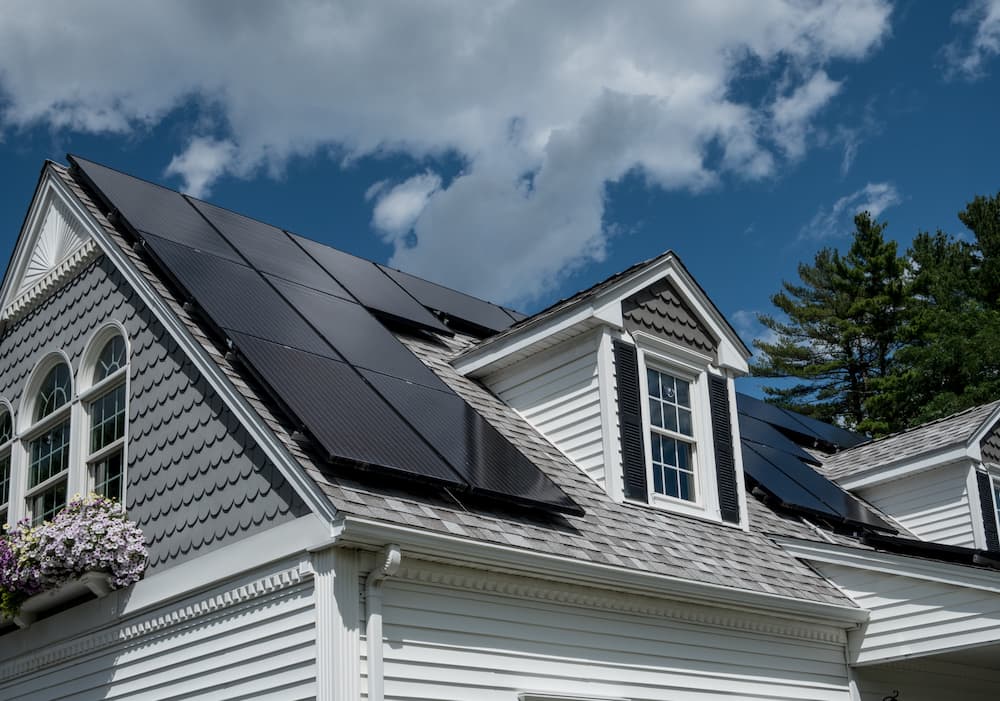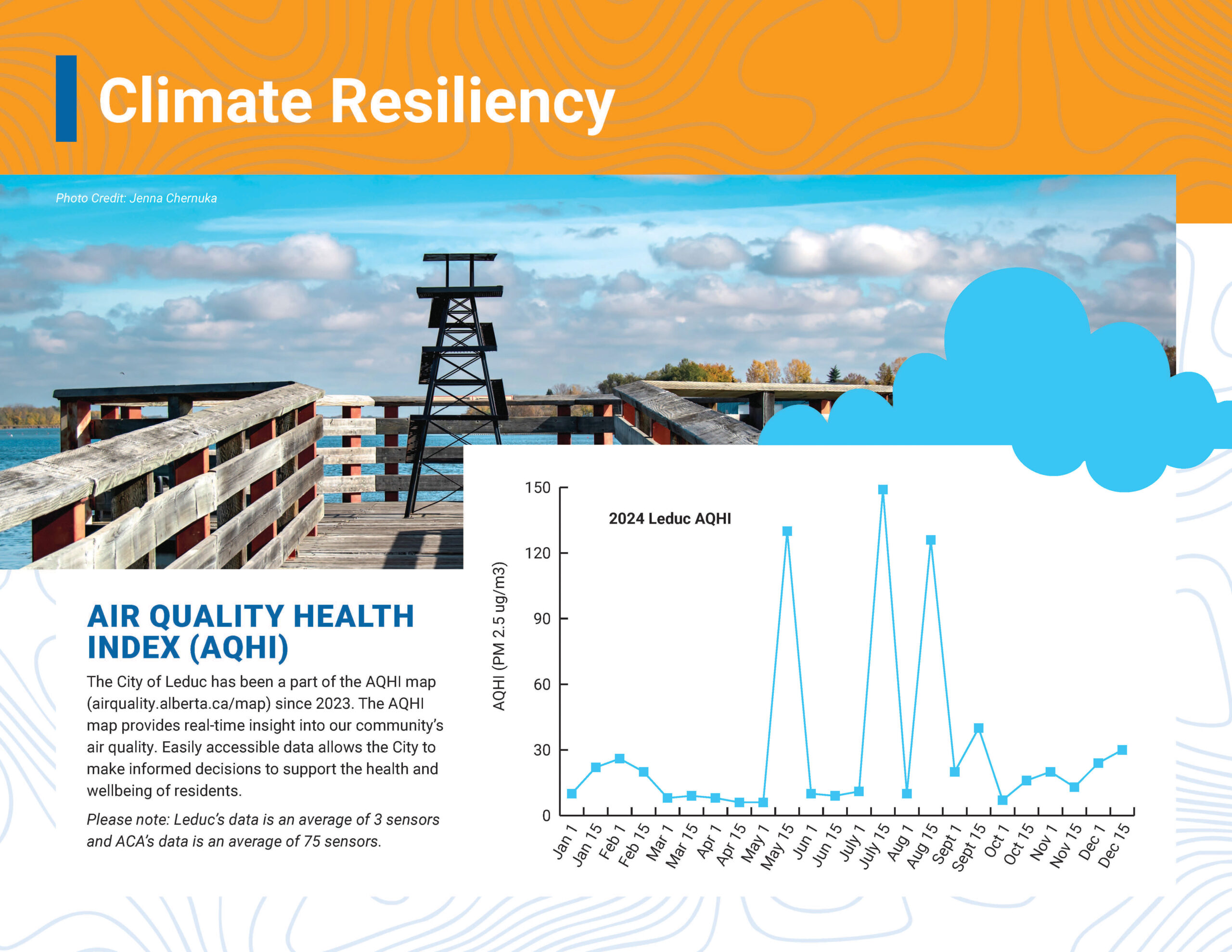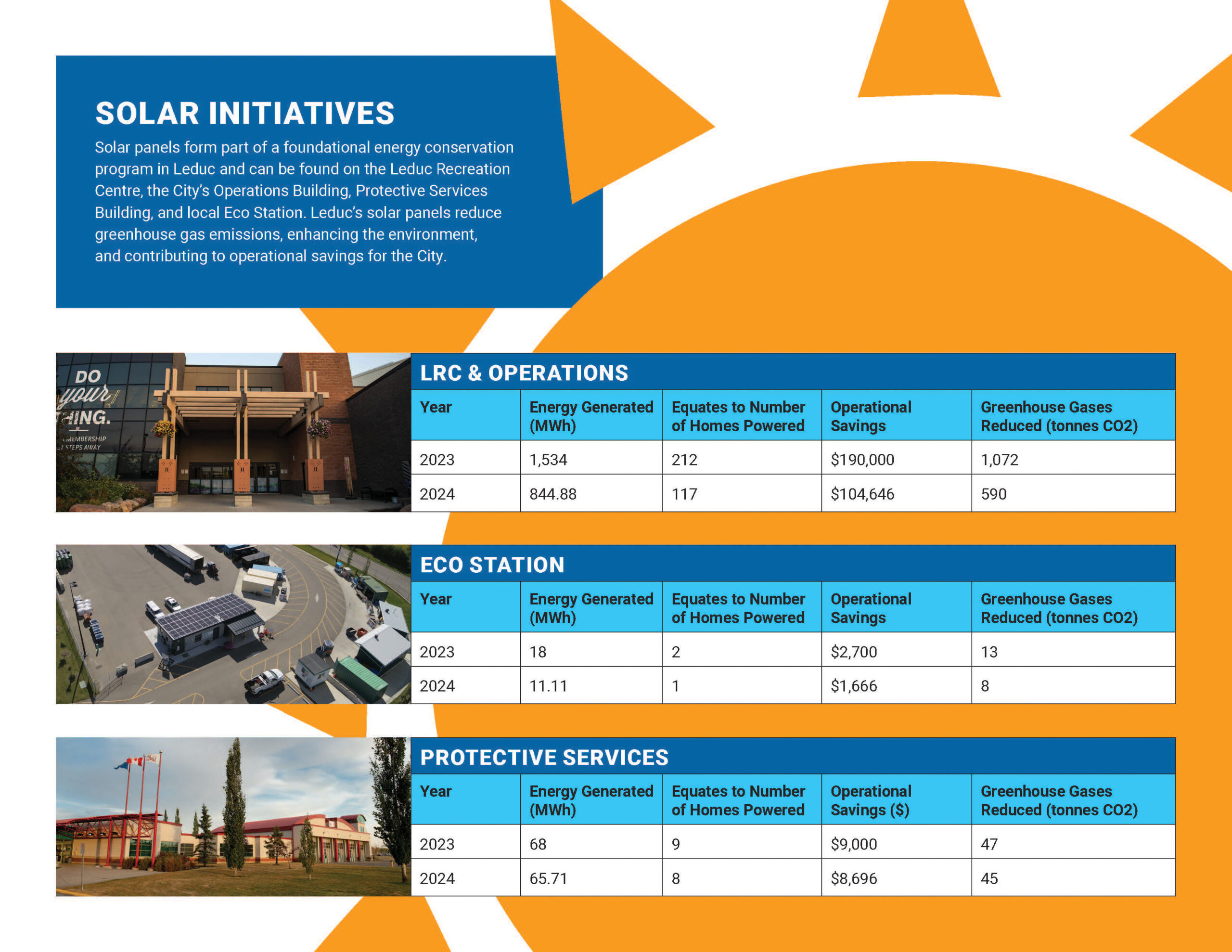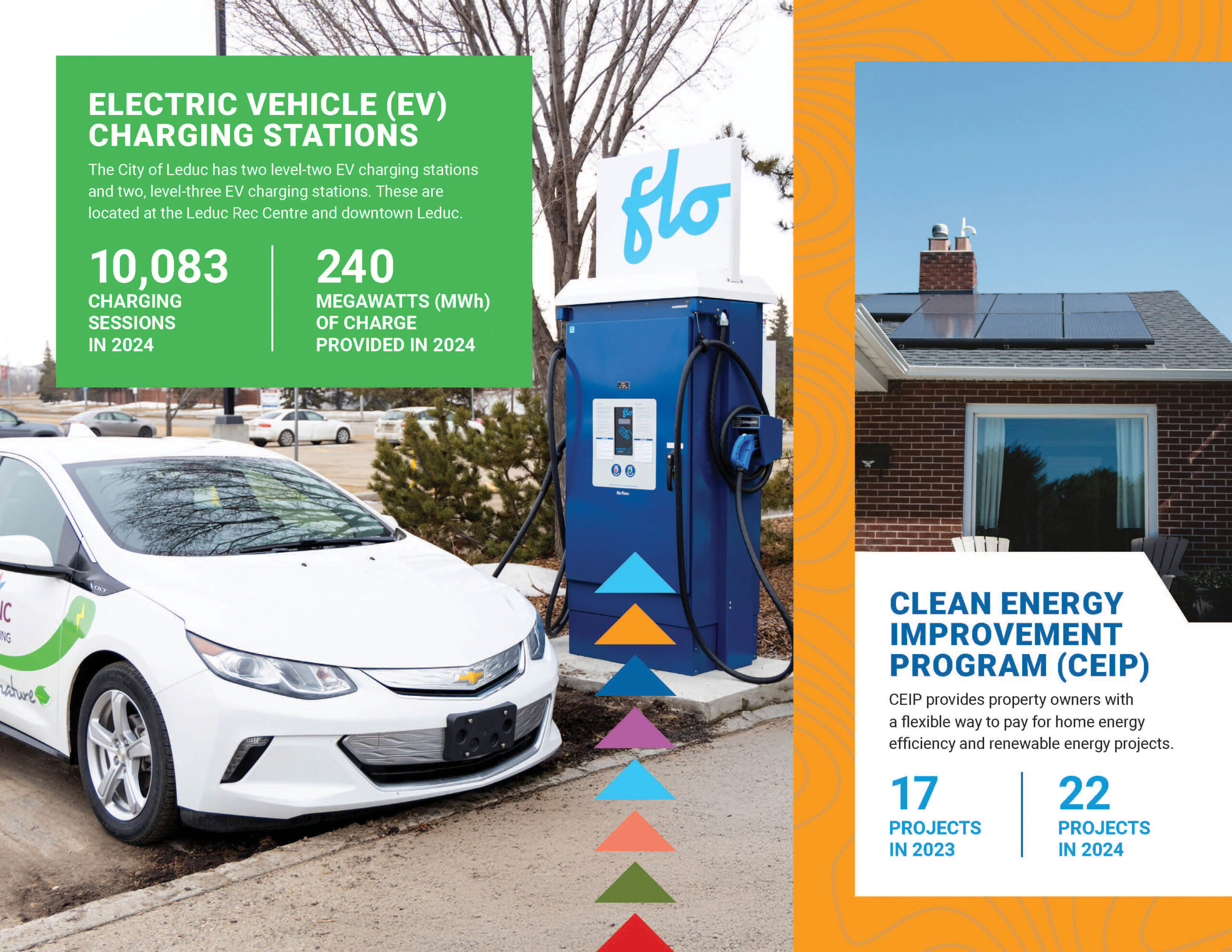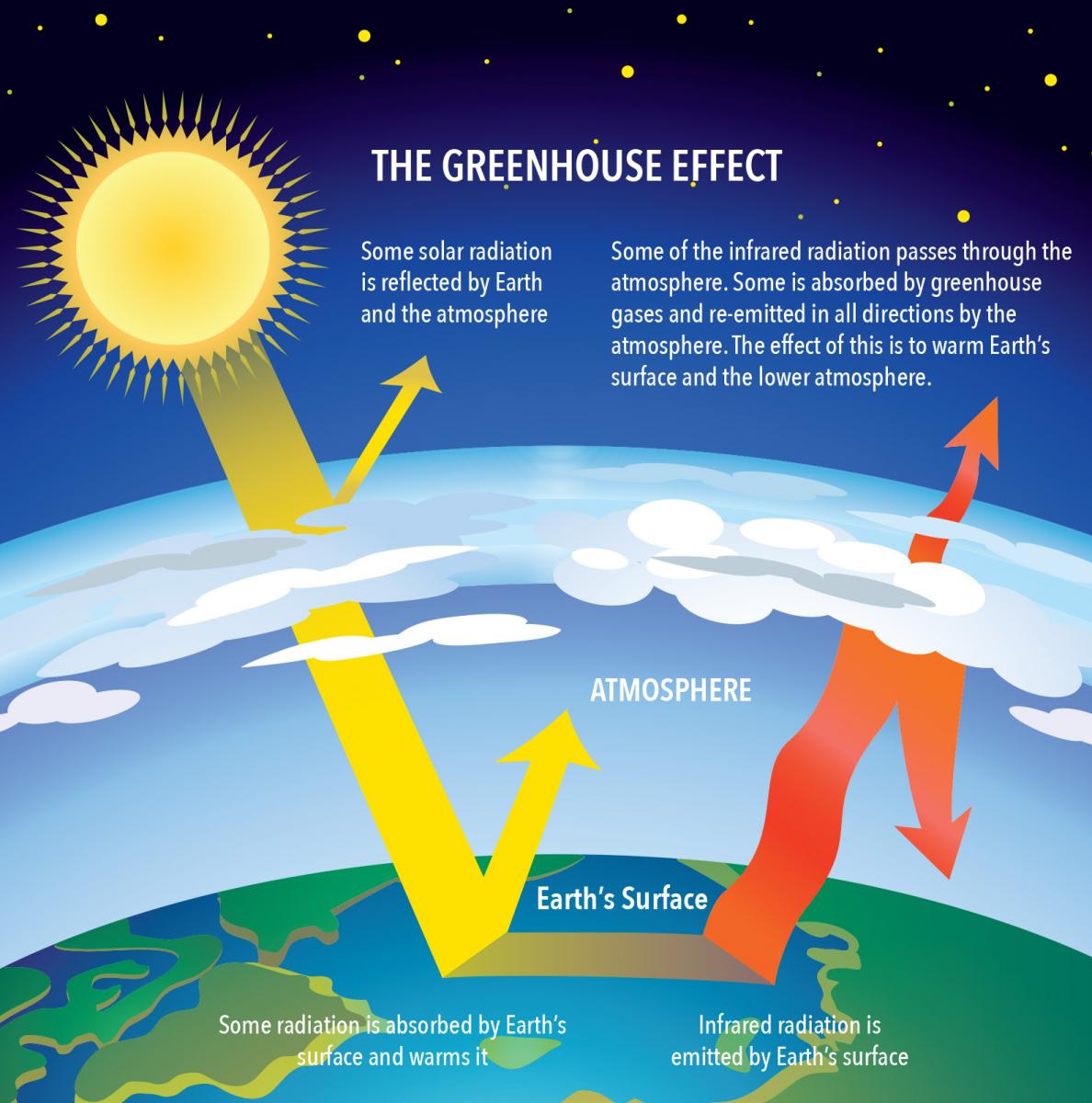The City of Leduc is committed to addressing climate change through innovative programs and community-driven initiatives as outlined by the Greenhouse Gas Reduction Action Plan.
With a focus on reducing emissions, fostering clean energy, and supporting residents in their sustainability efforts, Leduc is taking proactive steps to mitigate the impacts of our changing climate.
The plan aims to:
- produce a cleaner, healthier community
- save the city, residents and business money
- increase community resiliency against future regulations and pricing
- Mitigate climate risks

